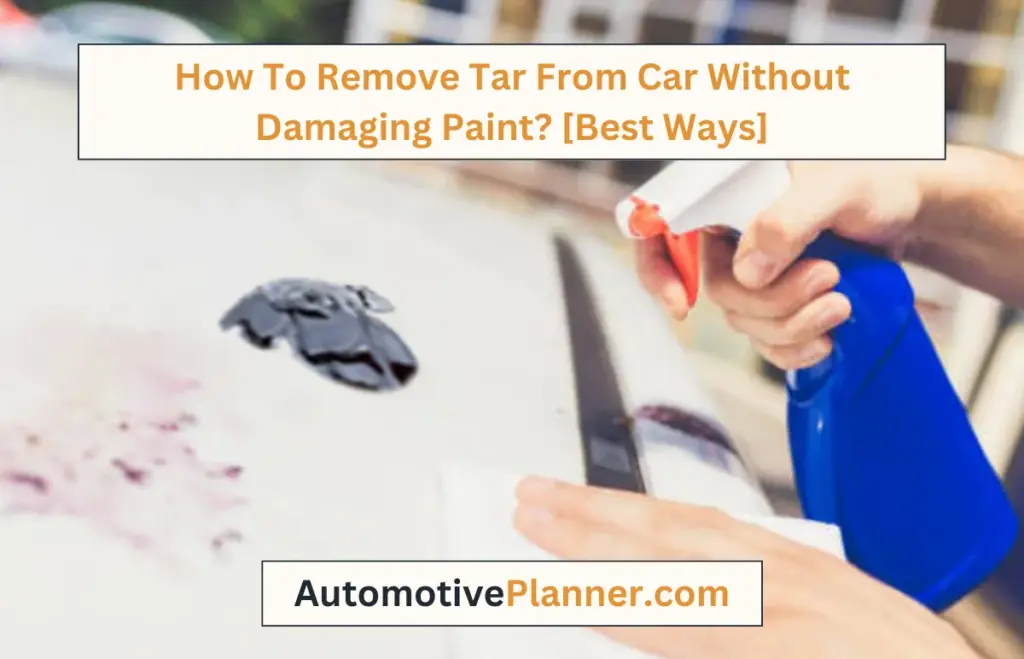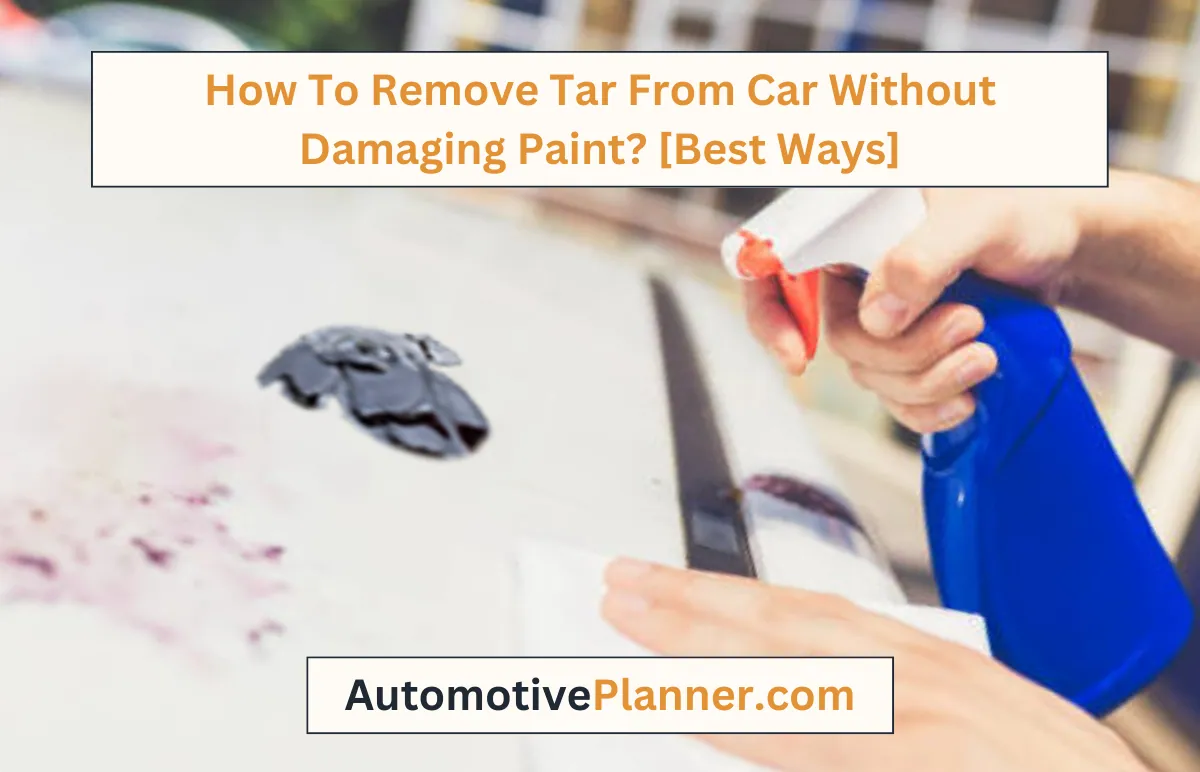
How to Clean Tar from Your Car: A Comprehensive Guide
Discovering tar on your car’s paintwork can be a frustrating experience. Not only does it detract from your vehicle’s appearance, but if left untreated, tar can cause lasting damage. This comprehensive guide provides step-by-step instructions and expert tips on how to clean tar from your car effectively and safely, ensuring your vehicle maintains its pristine condition. Whether you’re a seasoned car enthusiast or a first-time car owner, understanding how to clean tar from your car is an essential part of vehicle maintenance.
Understanding Tar and Its Impact on Your Car
Tar is a sticky, dark substance composed of hydrocarbons. It’s often encountered on roads, especially during hot weather or road construction. When your car drives over freshly laid asphalt or encounters road spray, tar can easily splatter onto the bodywork. The longer tar remains on your car, the harder it becomes to remove and the greater the risk of damage to the paint. Tar contains chemicals that can degrade your car’s clear coat, leading to discoloration, etching, and even rust. Knowing how to clean tar from your car promptly is key to preventing these issues.
Essential Tools and Materials
Before you begin the process of how to clean tar from your car, gather the necessary tools and materials. Having everything at hand will make the task more efficient and reduce the risk of scratching or damaging the paint.
- Tar Remover: A dedicated tar remover is specifically formulated to dissolve tar without harming your car’s paint. Choose a reputable brand that is safe for automotive finishes.
- Microfiber Cloths: Soft, lint-free microfiber cloths are essential for wiping away tar remover and residue. Avoid using abrasive materials that can scratch the paint.
- Wash Mitt: A high-quality wash mitt is needed for pre-washing your car to remove loose dirt and debris.
- Car Wash Soap: Use a pH-neutral car wash soap to clean your car thoroughly before and after tar removal.
- Two Buckets: Employ the two-bucket method – one for soapy water and one for rinsing the wash mitt – to prevent dirt from being reintroduced to the paint.
- Hose with Spray Nozzle: A hose with a spray nozzle is necessary for rinsing your car.
- Clay Bar (Optional): A clay bar can be used to remove any remaining tar residue after the initial cleaning.
- Detailing Spray (Optional): Detailing spray provides lubrication when using a clay bar and adds a protective layer to the paint.
- Gloves: Wear gloves to protect your hands from the chemicals in tar remover.
Step-by-Step Guide: How to Clean Tar from Your Car
Follow these steps carefully to effectively and safely clean tar from your car:
Step 1: Pre-Wash Your Car
Before applying any tar remover, it’s crucial to wash your car to remove any loose dirt, grime, and debris. This prevents scratching the paint during the tar removal process. Use the two-bucket method:
- Fill one bucket with car wash soap and water, and the other with clean water for rinsing.
- Rinse your car thoroughly with water to remove loose dirt.
- Dip the wash mitt into the soapy water and gently wash your car, starting from the top and working your way down.
- Rinse the wash mitt in the clean water bucket after each section to remove dirt.
- Rinse your car thoroughly with water.
- Dry your car with a clean microfiber towel.
Step 2: Apply Tar Remover
Once your car is clean and dry, it’s time to apply the tar remover. Always follow the manufacturer’s instructions on the product label.
- Shake the tar remover bottle well.
- Spray the tar remover directly onto the tar spots, holding the nozzle a few inches away from the surface.
- Allow the tar remover to dwell for the recommended time, typically a few minutes. This allows the product to dissolve the tar.
- Do not let the tar remover dry on the surface.
Step 3: Wipe Away the Tar
After the dwell time, gently wipe away the dissolved tar with a clean microfiber cloth. Use a light, circular motion to avoid scratching the paint. If the tar is particularly stubborn, you may need to apply more tar remover and repeat the process.
Step 4: Wash Your Car Again
After removing the tar, it’s important to wash your car again to remove any remaining tar remover residue. Use the same two-bucket method as before.
Step 5: Inspect and Repeat if Necessary
After washing and drying your car, inspect the areas where you removed the tar. If you notice any remaining residue, repeat the process of applying tar remover and wiping it away. For stubborn spots, consider using a clay bar.
Step 6: Use a Clay Bar (Optional)
A clay bar can effectively remove any remaining tar residue that the tar remover couldn’t eliminate. To use a clay bar:
- Spray the area with detailing spray to provide lubrication.
- Rub the clay bar gently over the surface in a back-and-forth motion.
- Knead the clay bar periodically to expose a clean surface.
- Wipe away any residue with a clean microfiber cloth.
Step 7: Wax or Seal Your Car
After removing the tar and cleaning your car, it’s essential to protect the paint with a layer of wax or sealant. This will help prevent future tar buildup and protect your car from the elements.
Tips for Preventing Tar Buildup
Prevention is always better than cure. Here are some tips to minimize tar buildup on your car:
- Avoid Freshly Paved Roads: If possible, avoid driving on roads that have recently been paved or sealed.
- Wash Your Car Regularly: Regular washing helps remove tar and other contaminants before they have a chance to bond with the paint.
- Apply Wax or Sealant: Wax or sealant provides a protective barrier against tar and other environmental pollutants.
- Use Mud Flaps: Mud flaps can help prevent tar and road spray from reaching your car’s bodywork.
- Park Smart: Avoid parking near construction sites or areas where tar is likely to be present.
Choosing the Right Tar Remover
Selecting the right tar remover is crucial for effectively cleaning tar from your car without damaging the paint. Look for products that are specifically designed for automotive use and have positive reviews from other car owners. Some popular and effective tar removers include:
- Goo Gone Automotive: A widely available and effective tar remover that is safe for most automotive finishes.
- 3M General Purpose Adhesive Cleaner: A versatile cleaner that can remove tar, adhesive residue, and other contaminants.
- Stoner Tarminator: A powerful tar remover that quickly dissolves tar and other sticky substances.
- Chemical Guys Bug and Tar Remover: Designed to remove both bugs and tar, this product is a popular choice among car enthusiasts.
Always test the tar remover on a small, inconspicuous area of your car before applying it to the entire surface to ensure it doesn’t damage the paint.
Common Mistakes to Avoid
When cleaning tar from your car, avoid these common mistakes:
- Using Abrasive Materials: Avoid using abrasive materials like steel wool or scouring pads, as they can scratch the paint.
- Applying Excessive Pressure: Don’t apply excessive pressure when wiping away tar, as this can also scratch the paint.
- Letting Tar Remover Dry: Never let tar remover dry on the surface, as it can leave a residue or damage the paint.
- Ignoring Manufacturer’s Instructions: Always follow the manufacturer’s instructions on the tar remover label.
- Skipping the Pre-Wash: Always pre-wash your car to remove loose dirt and debris before applying tar remover.
Professional Detailing Services
If you’re uncomfortable cleaning tar from your car yourself or if the tar buildup is extensive, consider hiring a professional detailing service. Professional detailers have the expertise and equipment to safely and effectively remove tar and other contaminants, leaving your car looking its best. [See also: Benefits of Professional Car Detailing]
Conclusion
Cleaning tar from your car is a manageable task with the right tools, materials, and techniques. By following the steps outlined in this guide, you can effectively remove tar without damaging your car’s paint. Regular maintenance and preventative measures will help minimize tar buildup and keep your car looking its best for years to come. Remember to always use high-quality products and follow the manufacturer’s instructions to ensure the safety of your vehicle’s finish. Knowing how to clean tar from your car is a valuable skill for any car owner, contributing to the longevity and appearance of your vehicle.

